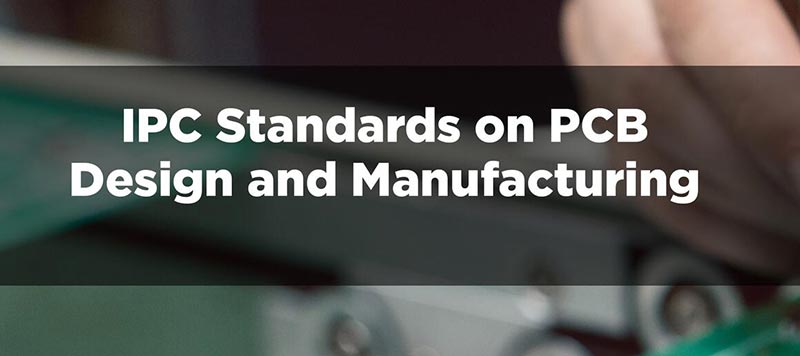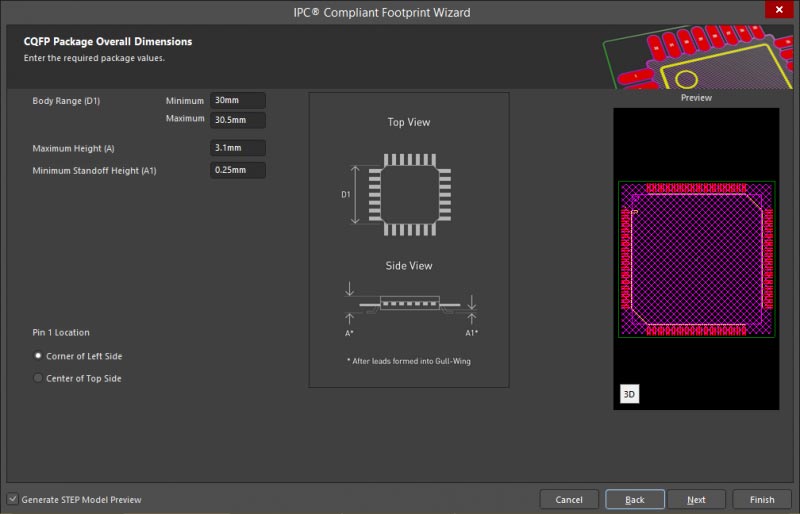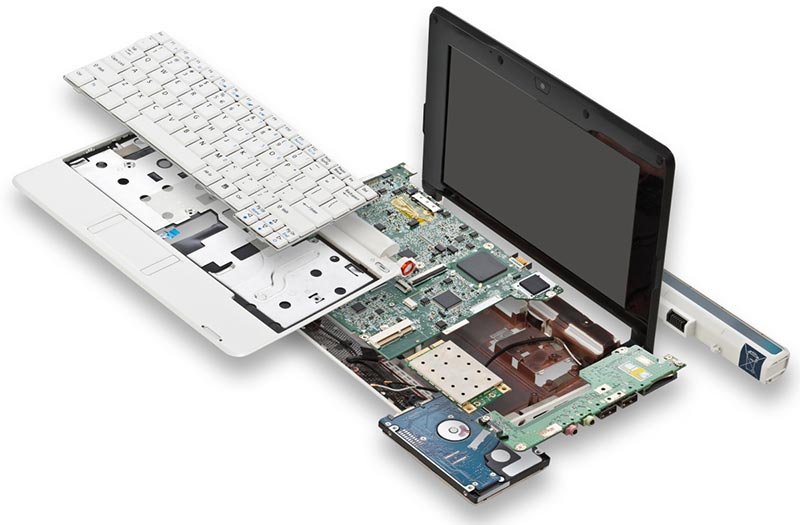IPC standards related to PCB design and manufacturing
Which IPC clauses are relevant to PCB design and manufacturing?
What do PCB designers need to know about IPC levels?
The difference between IPC Level 2 and Level 3
Other important electronics industry standards
Whether you are involved in electronics design, manufacturing or even defence, the vast alphabet of standards organisations can seem daunting.The IPC standards are one of the most widely accepted and important standards for PCB design and manufacturing.The IPC standards will influence how designers create their boards and how they prepare them for production in different industries. These standards are designed to ensure performance and reliability and are accepted by many industries. Tortai, as an electronic assembly manufacturing service provider focused on providing high reliability, pays close attention to the learning and practice of the relevant standards in the electronics industry. Engineer Cao of our Quality Department has successfully passed the exam after a systematic training and learning process in the IPC China training, and has successfully gained the IPC Certified Specialist (CIS) certificate, realising that Can communicate with customers with high requirements and high standards in the same language, and practical application to the actual manufacturing and business communication of the whole process.

While IPC standards are critical to ensuring design performance, reliability and quality, they are not the only standards that are important to all industries. Other important standards organisations that affect PCB design include ASME, ANSI, IEC, MIL-PRF and other specialist product-specific standards. Regardless of which standards are critical to your design.
One of the many electronic standards organisations that all designers should be aware of is IPC. These industry standards are designed to ensure the reliability and manufacturability of printed circuits and other electronic assemblies. the goal of the IPC standards is to ensure the reliability, safety, and manufacturability of electronic products. Regardless of the vertical industry or market segment you work in, IPC may have defined standards that set important requirements for your products.
Due to the breadth and depth of the IPC standards, very few people have read all of the IPC standards. If you are a PCB designer, you should familiarise yourself with some of the very important standards. Adhering to the IPC standards and designing to the different IPC product categories may be easier than you think if you use the right design software and integrated compliance tools.
IPC Standards for Printed Circuit Board Design and Manufacturing
The IPC standards include multiple manufacturing requirements for all aspects of printed circuit boards. These manufacturing requirements ultimately translate into design requirements, and designers need PCB design software to help ensure that their boards meet IPC design requirements. Some examples include through-hole and microvia fabrication, solder joint strength requirements, soldermask materials and thicknesses, substrate material properties, and several other manufacturing requirements.

Which IPC clauses are relevant to PCB design and manufacture?
The IPC standards have many sections, not all of which are applicable to every board design. In addition, each standard is a lengthy document that includes a set of requirements for the designer, the manufacturer, or both. Some important IPC design standards include
IPC 2221: Specifies some general design and performance requirements for printed circuit boards and other forms of component mounting or interconnecting structures.
IPC 4101: Specifies material requirements for printed circuit board laminates and other stacking materials.
IPC 2152: A newer standard that defines current carrying requirements for copper wires and planes in a number of different applications.
IPC 4761: Covers design guidelines for through-hole protection to ensure reliability, manufacturability and quality.
IPC 6012: Defines generic performance requirements, compiled from IPC 2221, IPC 4101 and other quality requirements. The related IPC 6013 standard applies the same concept to flexible circuit boards.
IPC-A-600 Series: Defines the acceptance criteria for printed circuit boards and the three standard IPC levels for various printed circuit board assemblies.
IPC 7351: Specifies the substrate and pad pattern requirements for SMT components. Component manufacturers use these specifications when designing pad patterns to ensure solderability and reliable electrical connections.
IPC-1752A: The Material Declaration Management Standard defines a reporting format for the exchange of data between designers, distributors and manufacturers.
There are many more standards that affect the design, manufacture, and qualification of printed circuit boards, but not all of them are critical to the PCB designer. The important design requirements in the above list largely influence aspects such as clearances, test requirements, feature dimensions, mechanical design requirements and protection requirements to ensure high quality.
An important point to understand in design software is to encode these requirements into design rules so that the physical layout can be quickly evaluated before it is ready for fabrication and assembly. The best PCB design tools will extract these requirements directly from the design rules and instantly evaluate the board in any application.
In some designs, such as HDI boards, you will need to use tented vias or VIPPOs in the landing pattern.
Learn more about designing through-hole protection according to the IPC-4761 standard.
The IPC-2152 standard defines the recommended relationship between line width and current capacity for different copper weights.
Learn more about IPC 2152 and designing for proper trace width.
IPC-7351 defines standards for pad patterns on component footprints that component designers should be aware of to ensure board manufacturability.

What do PCB designers need to know about the IPC categories?
The IPC standard defines four product categories.
Category 1 defines the requirements for common printed circuit boards with limited life and simple functionality. These boards are intended for single-use or throw-away products.
Class 2 defines the design requirements for electronic products that require extended life and on-demand performance. These boards tend to have more complex functionality than simple devices and are often part of a larger system such as a computer or television.
Class 3 boards have tighter manufacturing tolerances and more stringent reliability requirements than Class 1 and Class 2 boards. Non-specialist designers are likely to be designing Class 1 boards. More complex products are often manufactured in Class 2 or Class 3.
IPC Class 3/A adopts Class 3 reliability requirements and applies them to military and/or aerospace electronics. Other important standards organisations for military products include ISO, MIL, FAA and SAE.

Difference between IPC Class 2 and Class 3
Products defined as Class 3 must be manufactured to standards that include plating thickness, laminate/solder mask selection, printed circuit board manufacturing processes, material qualification and quality inspection. The main difference between Class 2 and Class 3 is the requirement for SMT component placement. Class 3 imposes more stringent requirements for component cleanliness and specifies clear plating thickness in through holes and plating thickness on the printed circuit board surface.
PCB designers need to address all of these manufacturing requirements during the design phase. Addressing these issues during the design phase avoids having to redesign the board after it has been delivered to the manufacturer. Following important IPC design and manufacturing standards also helps ensure that you get the highest possible board yield.
Every product will have defects, but these defects should be minor enough that the board is manufactured without major problems.
The IPC-6012E annular ring standard for Class 3 products is designed to ensure that your through-holes have the proper mechanical strength to withstand thermal expansion during operation.
Design data for IPC product categories needs to be exported to a standard manufacturing file format. IPC-2581 is a commonly used vendor-neutral file format.

Other Important Electronics Industry Standards
As in other industries, the major electronics companies have collaborated to develop a series of standards that govern the design, manufacture, assembly, and testing of electronics. Some of these industry standards are more stringent and go well beyond the IPC standards for printed circuit board design. Some of these other standards include
International Organisation for Standardisation (ISO): This set of standards primarily covers manufacturing and quality control, but also extends requirements for specific products and industries (e.g. ISO 13485 for medical devices).
International Electrotechnical Commission (IEC): A safety and performance standards organisation that emphasises international co-operation in electrical and electronic standards.
Underwriters Laboratories (UL): A standards organisation that certifies the electrical safety of electronic products.
American Society of Mechanical Engineers (ASME): A set of universal design and reliability standards for any electronic component, especially electromechanical systems.
Military Performance Specification (MIL-PRF): These standards apply mechanical performance requirements and reliability criteria to electronic equipment for military equipment and defence systems.
Military Standards (MIL-STD): A broad set of standards that define a set of requirements for military hardware. These include test requirements for military electronic equipment.


